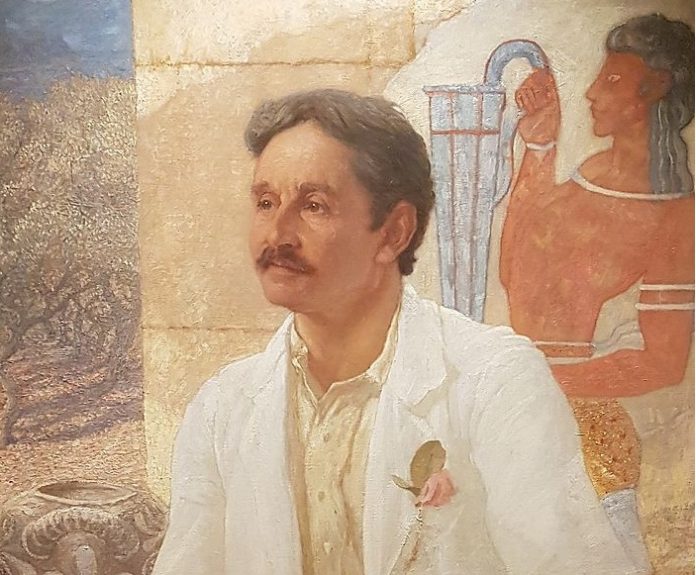
On July 8, 1851, Arthur Evans was born, a British archaeologist famous for the discovery of the palace at Knossos in Crete. Evans had a very long life of as much as 90 years, and during his career he influenced many fellow archaeologists, but also a wider range of events in world history. He was born in Nash Mills in the English county of Hertfordshire, northwest of London. His father was also an archaeologist, and the family owned a paper mill in England, whose income later helped Arthur Evans fund archaeological excavations.
Evans studied at the famous universities of Oxford and Göttingen in his youth, and then, as a twenty-year-old, organized a private expedition to the Balkans, much of which was still part of the Ottoman Empire at the time. He traveled through Croatia and Bosnia and Herzegovina at the time of the Bosnian-Herzegovinian uprising, which lasted from 1875 to 1878. Evans ’travels during this period had an adventurous character, given the unstable political circumstances in those areas.
In his thirties, he became director of the Ashmolean Museum in Oxford. He carried out archaeological excavations in Sicily and southern Italy, and from 1894 in Crete, where he made groundbreaking discoveries. Namely, he excavated the remains of the palace of the Minoan rulers in Knossos, Crete, and then made an effort to reconstruct those buildings in situ, which is today considered an inadmissible procedure. Evans’s efforts, similar to Schliemann’s in his attempt to excavate Troy, resulted in a great popularization of ancient history, but they also did damage to archeological sites. After gaining world fame, roughly at the turn of the 19th and 20th centuries, Evans lived a long time, until 1941, and died at a very old age in Youlbury near Oxford.




